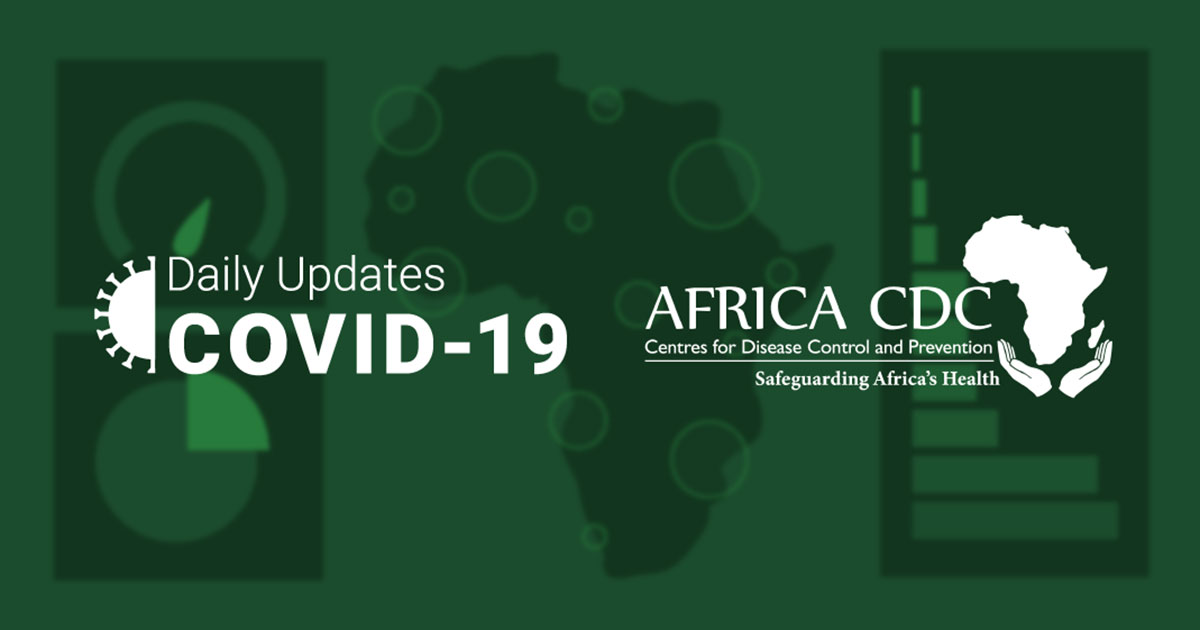The African Union’s Centre for Disease Control and Prevention (Africa CDC) has launched new guidelines to help the continent’s 55 countries deal with the coronavirus pandemic, which has hit the continent badly through a second wave.
The guidelines on the use of the Rapid Antigen tests for the coronavirus emphasize the need to increase rapid testing as a means to curb the spread of the virus.
It also calls on countries to increase the threshold for relaxing their national pandemic control measures.
The threshold should be increased to 3% from the current 5% of the people testing positive out of any population sample at any given time, according to the new guidelines published on Thursday.
The Africa CDC argues that diagnostic testing for SARS-CoV2 is vital for the control and ultimately, suppression of COVID-19 pandemic in Africa.
“Member States should aim to test all individuals with symptoms consistent with COVID-19 as quickly as possible. This is heavily dependent on easy and timely access to testing,” the Africa CDC advocated
The guidelines show that the Nucleic acid amplification testing (NAAT) remains the ‘reference standard’ for SARS-CoV-2 diagnosis in early acute diagnosis.
However, in many settings, access to these molecular tests and the provision of results in a clinically relevant timely manner limits their clinical utility.
READ ALSO :Malla: Boko Haram ‘sponsor’ arrested in Cameroon
Broader access to testing allows mitigation strategies to be applied and tailored to local jurisdiction levels rather than at the national level.
To mitigate the SARS-CoV-2 epidemic, countries have implemented wide-scale restrictions, including the closure of borders, educational institutions and workplaces.
As the Member States achieve success in bringing SARS-CoV-2 transmission under control, quantitative thresholds will be needed to inform when to adjust –loosen or reinstate–these measures.
One quantitative measure that can be considered to guide decision-making is the positivity rate.
Test positivity rate provides valuable information about the current level of coronavirus transmission in the community, as well as to help assess whether testing levels are keeping up with levels of disease transmission, the new guideline shows.
A high positivity rate suggests the need for implementation of mitigation strategies and increased restrictions to control the epidemic.
A high positivity rate may also indicate that testing is not being implemented widely enough, and thus suggests increasing testing coverage to identify mild symptomatic, asymptomatic and contacts in order to control the epidemic, the guideline says.
In May 2020, World Health Organization (WHO) recommended a benchmark threshold positivity rate of 5 per cent: if rates fall below this threshold for at least two weeks, governments should consider loosening restrictions or reinstating targeted restrictions if rates remain above this 5 per cent threshold.
There are growing discussions to lower the benchmark threshold of positivity rate to 3 per cent. However, Member States may lower or increase the threshold further based on success in bringing SARS-CoV-2 transmission under control.
COVID-19 rapid antigen tests (COVID-19 Ag-RDTs) are an easy-to-use alternative to NAAT, which can provide a result in 15-30 minutes and can be used at point-of-care.
COVID-19 Ag-RDTs have many advantages, including the ease of use, rapid TAT, lower cost, increased access and may have some limitations which include lower analytical performance compared to NAAT.
However, the benefit of providing the result in a timely manner outweighs the analytical performance limitations of the antigen tests.
COVID-19 Ag-RDTs can be used for the diagnosis of COVID-19 in symptomatic individuals, in individuals who have an exposure history, or are at high risk of acquiring SARS-CoV-2 infection, irrespective of symptoms, the guideline states.
Use of COVID-19 Ag-RDTs is recommended for individuals with symptoms, high-risk populations, and healthcare workers and essential workers and contacts –irrespective of symptoms– in settings where NAAT is not available, or where the turnaround time for NAAT result delivery is prolonged, limiting its utility.
Use of COVID-19 Ag-RDTs for epidemic control is also recommended in clusters or settings including workplaces, educational institutions, correctional facilities with suspected or confirmed outbreaks to provide rapid detection and epidemic management.
The document provides guidance to Ministries of Health, laboratory personnel and implementing partners in African Union Member States on the application of rapid antigen tests to COVID-19 testing.
The guidance serves as reference for policymakers, laboratory leads, implementing partners, and experts on use case scenarios and associated testing algorithms for COVID-19 antigen tests.
It recommends the use of antigen tests to increase access to testing and enable timely results for persons with or without symptoms in specific settings.




 Premier League
Premier League